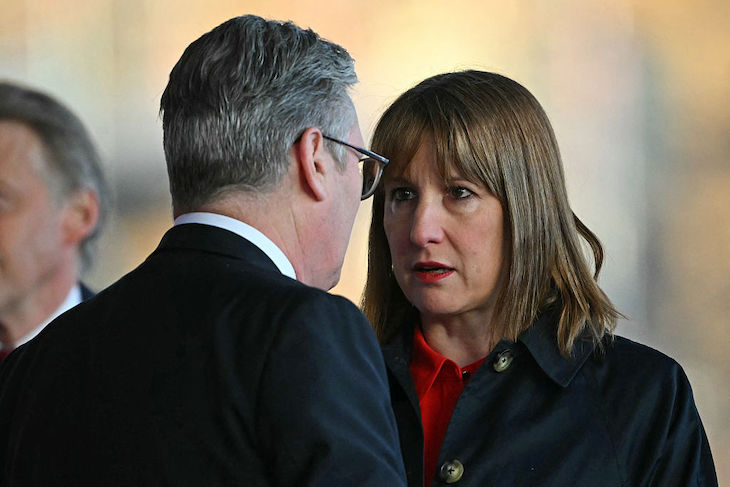The Bank of England has held interest rates at 5 per cent. This was the expected outcome of the Monetary Policy Committee’s latest meeting, which saw members vote 8-1 to maintain the base rate.
Was it a mistake not to cut rates? The latest economic data appears to have persuaded the MPC to lean into their (now) hawkish tendencies and keep rates steady. The headline inflation rate is almost on target but the rise in core inflation in August (which excludes more volatile prices like food and energy) and in services inflation – as well as mixed signals from the labour market – gave the Bank good reasons to wait until later in the Autumn to cut rates.
‘The need to squeeze persistent inflationary pressures out of the system,’ is the reason the Bank gives for pausing in its minutes today, as it assesses the medium-term prospects of getting inflation back to target ‘on a lasting basis’, and prepares for inflation to gradually climb to 2.5 per cent by the end of the year.
But regardless of the latest monthly updates, the BoE was never expected to announce a consecutive cut. The vote last month to reduce the base rate by 0.25 percentage points – the first rate cut since March 2020 – was on a knife-edge. Markets had assumed ahead of today’s announcement that Threadneedle Street would pause, giving time to assess the impact of its change in trajectory before opting to reduce the base rate again.
The pause isn’t expected to last for long. While markets factored in today’s vote, they are expecting at least one more rate cut by the end of the year, possibly at the MPC’s next meeting at the start of November. Slow and steady remains the Bank’s approach; the MPC noted today that a ‘gradual approach to removing policy restraint remains appropriate.’
As the chief economist to Panmure Liberum, Simon French, writes this morning on X, it’s prudent for the Bank to wait because ‘you get a lot of important information in a short pace of time before the next meeting.’ That will include the details of Rachel Reeves’s first Budget and a new set of forecasts from the Office for Budget Responsibility. The projections will no doubt look different from March, as indicated by just how much the BoE has revised up its own growth projections for the year: from 0.2 per cent to 1.2 per cent in last month’s report.
Today’s report suggests those latest forecasts are largely on track, with UK GDP increasing by 0.5 per cent in the second quarter of the year, ‘0.1 percentage points lower than had been expected in the August Monetary Policy Report’. Meanwhile, the Bank now predicts the economy will grow by 0.3 per cent in the third quarter, slightly below its 0.4 per cent forecast last month, but not far off.
Despite economic stagnation in June and July, when the economy didn’t grow, the BoE appears to feel confident, not only that growth will resume, but that the UK is nowhere near recession territory. This gives the Bank another reason to pause: it can be fairly certain that delaying the next rate cut for a matter of weeks is not going to move the economy into dangerous territory (as arguably it contributed to doing at the end of last year).
With the BoE maintaining the base rate, the real rate-cutting story this week comes from America, where the Federal Reserve opted for a half percentage point cut, taking rates to a range of 4.75 per cent to 5 per cent. Having come under criticism for delaying a rate cut at its last meeting, the Fed opted for a bigger and bolder reduction. It's a big contrast to the slow and steady approach adopted by the BoE.
No doubt the Fed was under pressure to start its own rate-cutting process, especially after signalling for some time that it would begin. Still, plenty of eyes have been raised at the timing of the cut: central banks are often loathe to make any kind of major moves leading up to an election, as the status as independent is critical for market confidence. It’s somewhat surprising to see the Fed not just cut rates, but really go for it, less than two months out from US polling day.
Hear more from Kate Andrews on Coffee House Shots:








Comments